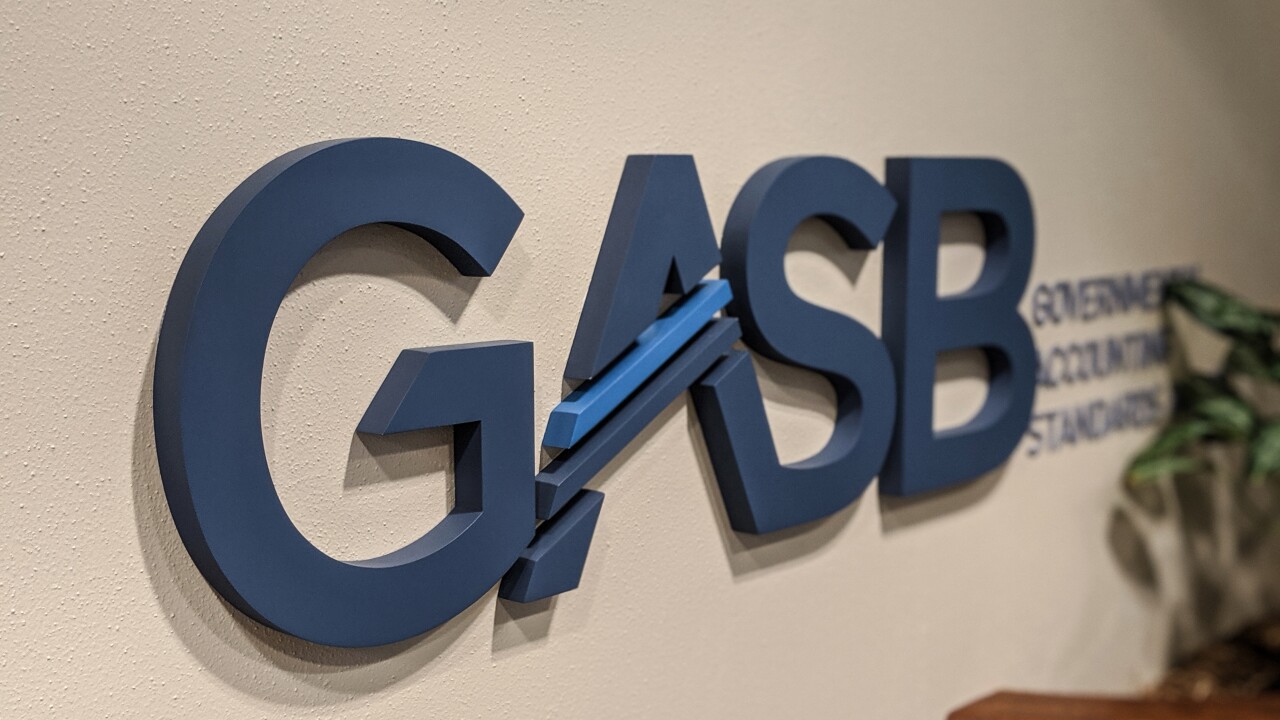NEW YORK - Manufacturing activity in the Federal Reserve Bank of Kansas City’s region “eased further in April, but activity remained expansionary and well above year-ago levels,” according to the bank’s monthly manufacturing survey, released Thursday.
“Factories in our region report continued growth, especially in employment, but at somewhat slower rates than in previous months, when unseasonably warm weather may have helped boost activity,” said Chad Wilkerson, vice president and economist at the Federal Reserve Bank of Kansas City. “Expectations for the rest of the year notched down a bit as well, but remained positive.”
The composite index decreased to 3 in April from 9 in March, while the production index slid to zero from 13, volume of shipments declined to 3 from 17, and the volume of new orders index slumped to negative 8 from positive 17, and the backlog of orders index slipped to negative 5 from positive 3. The new orders for exports index climbed to 1 from zero, and the supplier delivery time index held at 4.
The number of employees index stayed at 12, while the average employee workweek index reversed to negative 10 from positive 2. The prices received for finished product index grew to 7 from 3, while the prices paid for raw materials index decreased to 19 from 33.
As for the inventories indexes, materials gained to 5 from zero, while the finished goods sank to negative 3 from positive 15.
In comparison to the same month a year ago, the composite index remained at 24, the production index slid to 30 from 31. The shipments index decreased to 35 from 37, while new orders fell to 28 from 33, and the backlog of orders index held at 20. The new orders for exports index dropped to negative 2 from positive 6, and the supplier delivery time index dipped to 7 from 9.
The number of employees index gained to 31 from 23, while the average employee workweek index rose to 10 from 4. The prices received for finished product index grew to 41 from 35 and the prices paid for raw materials gained to 74 from 71. The capital expenditures index rose to 18 from 15.
As for the inventories indexes, materials rose to 25 from 22, while the finished goods index climbed to 17 from 13.
In projections for six months from now, the composite index fell to 12 from 18, the production index slid to 26 from 31. The shipments index declined to 22 from 31, while new orders dropped to 23 from 34, and the backlog of orders index slipped to 8 from 13. The new orders for exports index decreased to 5 from 8, and the supplier delivery time index slipped to 1 from 7.
The number of employees index fell to 15 from 23, while the average employee workweek index reversed to negative 6 from positive 7. The prices received for finished product index slipped to 16 from 28, and the prices paid for raw materials sank to 54 from 65. The capital expenditures index was at 6, down from 20 the prior month.
As for the inventories indexes, materials fell to negative 8 from negative 5, while the finished goods index reversed to negative 6 from positive 6.
The Tenth Federal Reserve District includes Kansas, Colorado, Nebraska, Oklahoma, Wyoming, northern New Mexico and western Missouri.





